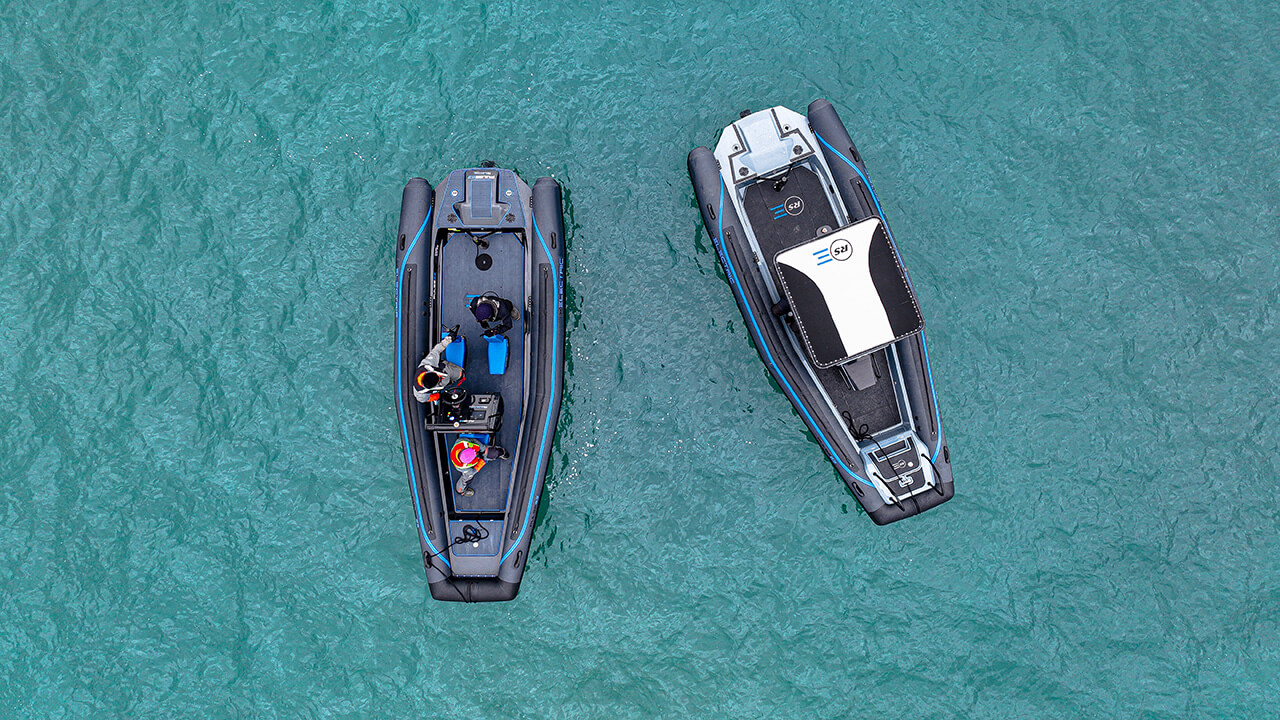Electric RIBs (Rigid Inflatable Boats) are quickly gaining popularity among boaters and marine enthusiasts due to their low environmental impact and ease of use. Compared to traditional combustion RIBs, electric RIBs offer numerous advantages that are becoming more and more attractive to boat owners.
One of the most significant advantages of electric RIBs is their environmentally friendly nature. Unlike combustion RIBs, electric RIBs do not emit harmful pollutants into the air or water. This means that they are much better for the environment and can be used in areas where combustion engines are banned, such as certain nature reserves or protected areas.
Another advantage of electric RIBs is that they are quieter and smoother to operate than combustion RIBs. This is due to the fact that they have fewer moving parts, and do not produce the noise and vibration associated with combustion engines. This makes electric RIBs ideal for those who want to enjoy a more peaceful and serene boating experience.
In terms of performance, electric RIBs can hold their own against combustion RIBs, although they may not be able to reach the same top speeds. Electric RIBs typically have less power and a shorter range than combustion RIBs, but they can be charged quickly and easily, and are more reliable in terms of maintenance.
However, there are also some disadvantages to electric RIBs. They tend to be more expensive than combustion RIBs, which can be a barrier for some buyers. Additionally, they may not be suitable for longer trips, as their batteries may not last as long as a tank of gas.
Overall, electric RIBs offer a compelling alternative to combustion RIBs, especially for those who are concerned about the environment and are looking for a more peaceful and reliable boating experience. As the technology improves and becomes more affordable, it is likely that we will see more and more electric RIBs on the water in the years to come.












